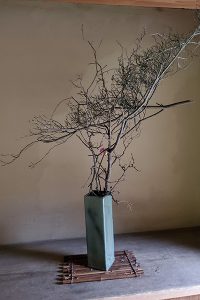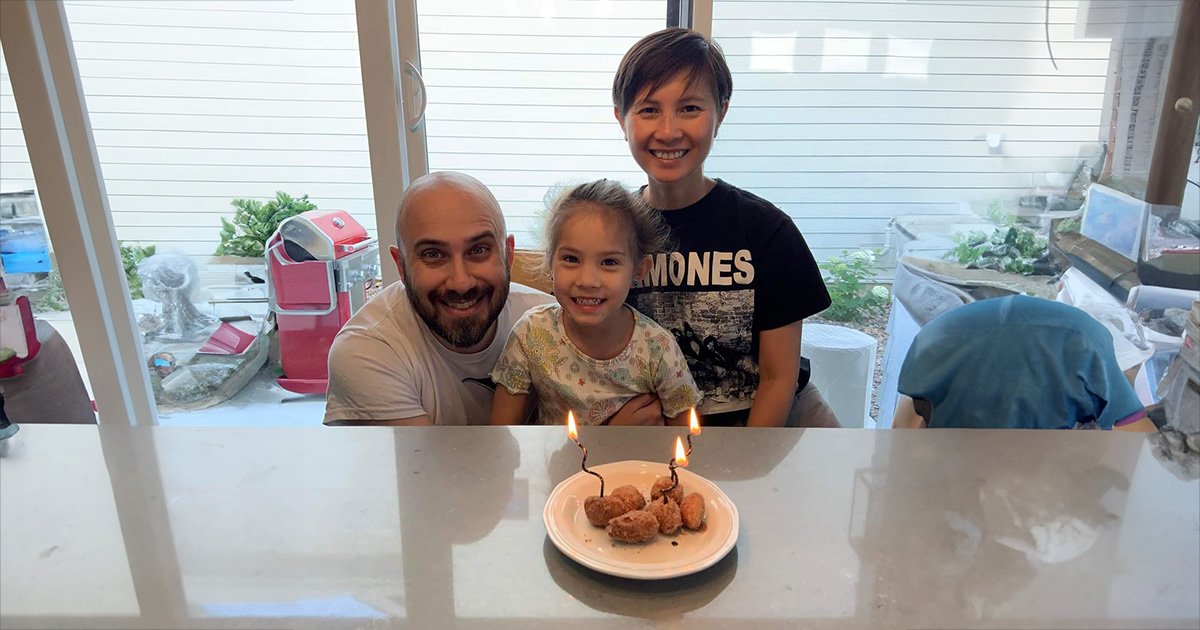Tell us about your pre-professional background.
[Trân] I grew up in Nha Trang, Vietnam. Some of my favorite memories of Vietnam include waking up every summer morning to go to the beach with my mom and brother. When I was 14, my grandpa sponsored my family to immigrate to the United States. I spent my teenage years in Minnesota, then completed my BS in microbiology and my MPH and PhD in environmental health sciences here at U of M.

[Trân] I am a first-generation immigrant, and I grew up with a lot of family members who worked in nail salons. They often complained about headaches or pain during the job. Not knowing anything about occupational health at the time, I grew up thinking that those reactions were normal for their work. But now I understand that a lot of the pain and discomfort my family and other workers experienced was, and is, preventable. That made me want to focus my research on occupational safety and health within immigrant communities.
What are your research goals?
[Trân] There are many ways to minimize work-related illnesses and injuries, but people working these jobs might not have access to that information. Small businesses usually do not have the resources to hire occupational health professionals. So one of my goals is to work with small, immigrant-owned businesses to ensure that we do as much as possible to minimize health and safety risks on the job. We have several projects that we are currently working on, like the Healthy Beauty Salons Project, that focuses on promoting occupational health and well-being for immigrant communities.
I am a first-generation immigrant, and I grew up with a lot of family members who worked in nail salons. They often complained about headaches or pain during the job… I grew up thinking that those reactions were normal for their work.

What is the Healthy Salon Recognition program and who does it benefit?
[Trân] This is a project that SPH has partnered with the Minnesota Department of Health on with the help of an EPA grant. I am working with my colleague, Associate Professor, Susan Arnold, to help small salon business owners utilize resources available to make their workplaces healthier. We are working with two Somali and Vietnamese community-based organizations, the BeautyWell Project and the Vietnamese Social Services of Minnesota, so we can deliver these services directly to those who need it while ensuring that we accommodate for the various cultural nuances and languages that salon owners and their staff might speak. With this project and the EPA grant, my colleagues and I are hoping to eventually establish a service center that will offer occupational health and safety technical assistance to immigrant communities and small businesses.
What is one interesting thing about yourself that might surprise your colleagues or your students?
[Trân] I am an ikebana artist! Ikebana is the Japanese art of flower arrangement. I was really drawn to the simplicity of the art, though the process of creating it is not simple at all. I have studied ikebana with different sensei both here and in Philadelphia for over fifteen years and have participated in a few exhibitions. I find the work very calming and beautiful.

